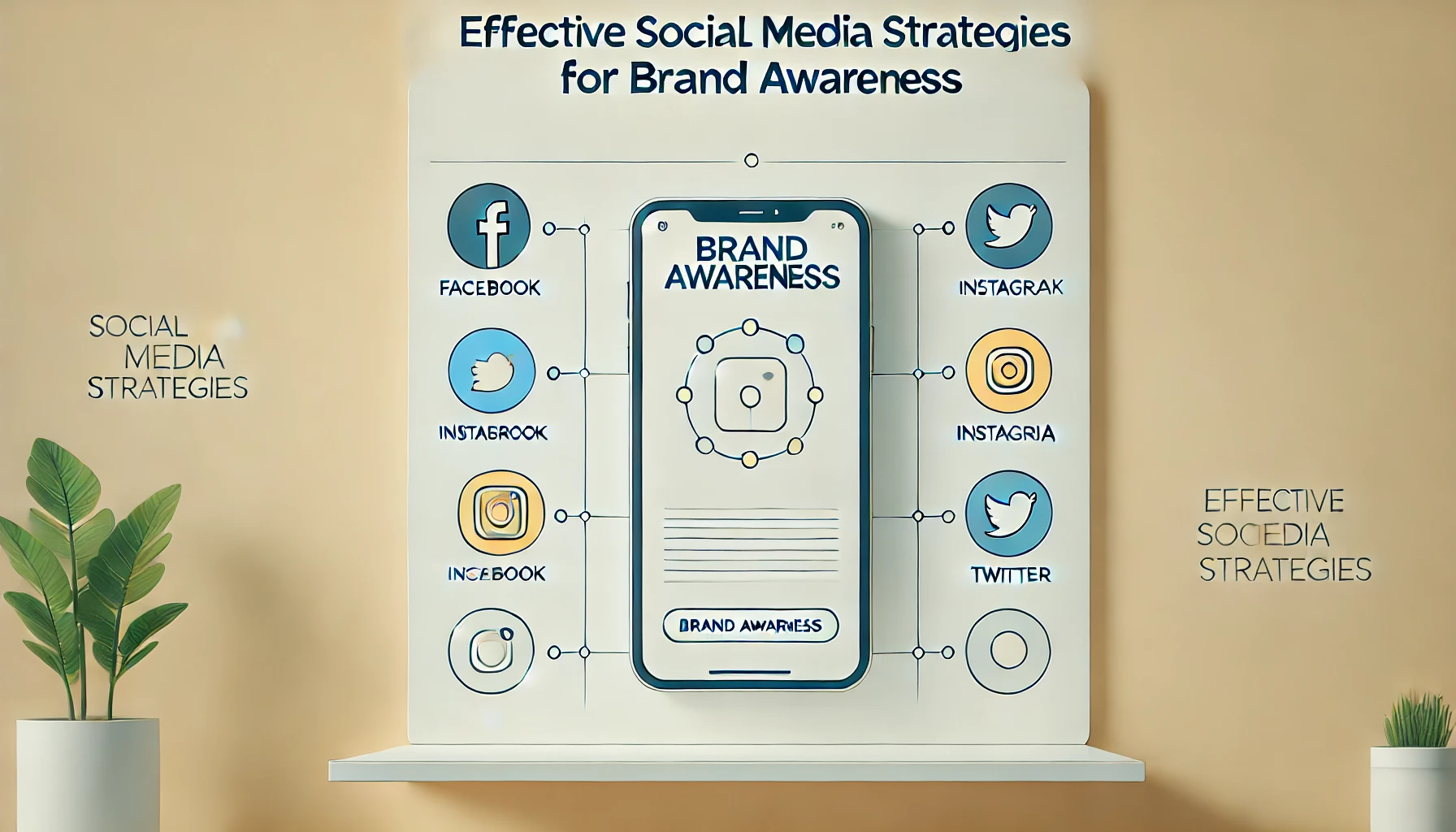
17 Strategies to Boost Brand Awareness Through Social Media Marketing
Social media marketing plays a vital role in any comprehensive inbound demand strategy. It allows businesses to connect with their audience, enhance brand recognition, and establish a distinct voice for the company. According to recent studies, 89% of B2B marketers utilize social media platforms to distribute content organically, making it one of the most popular channels for content distribution. With over half of the global population active on social media, reaching your target audience should theoretically be straightforward. However, engaging a B2B audience requires more than just regular posting.
To truly resonate with your audience and build meaningful awareness, you need a well-thought-out strategy that includes engaging content tailored to each platform.
Key Methods for Enhancing Brand Awareness via Social Media
1. Know Your Audience
The first step is understanding who your target audience is. For B2B marketers, it’s crucial not to make assumptions about the types of content or platforms your audience prefers. Use your chosen social media platforms as research tools—search for relevant hashtags, analyze where competitors gain traction, and follow industry leaders to understand engagement patterns. This will give you valuable insights into how your audience interacts online.
Tip: Engage directly with your audience to gather firsthand feedback about their preferences and favorite creators.
2. Focus on High-Performing Platforms
Not every platform will suit your business needs. Identify which platforms your audience spends the most time on and concentrate your efforts there. Sustainability and consistency are more important than trying to maintain a presence across all platforms simultaneously.
Tip: Allocate resources to platforms where you see the highest engagement levels.
3. Prioritize In-Feed Content
Users prefer consuming content directly within their preferred platforms rather than clicking through multiple external links. Creating content that can be easily consumed in-feed encourages higher engagement. Additionally, social media platforms may reward accounts that produce such content by keeping users engaged longer.
Tip: Design content specifically for each platform to maximize its impact.
4. Customize Content for Each Platform
Just like adapting to different cultures when traveling, customizing content for each platform ensures better reception. Familiarize yourself with character limits, ideal image sizes, and optimal posting times for each channel. For instance, Twitter restricts messages to 280 characters, while Facebook and LinkedIn allow longer posts.
Tip: Adjust visual elements and formats according to platform-specific requirements.
5. Incorporate Visual Elements
In today’s visually-driven world, incorporating eye-catching visuals—such as images and videos—is essential for standing out. While professional graphics aren’t always necessary, using royalty-free stock photos or creating simple designs with tools like Canva can significantly enhance your posts.
Tip: Don’t overcomplicate visuals; even basic illustrations can capture attention effectively.
6. Deliver Value First
Content that offers value tends to perform better than high-quality but irrelevant material. Instead of focusing solely on sales pitches, aim to educate your audience and address their challenges. Repurpose existing long-form content into bite-sized pieces suitable for social media.
Tip: Provide solutions and insights that align with your audience’s interests.
7. Leverage Paid Advertising
While organic reach is valuable, paid advertising ensures your content reaches the right people. Target specific demographics based on job roles, industries, or skill sets to refine your audience further.
Tip: Use paid campaigns not only for conversions but also to increase visibility among potential customers.
8. Share Unique Perspectives
Stand out by sharing bold, thought-provoking opinions—even if they challenge conventional wisdom. Encouraging discussions around unconventional ideas makes your brand memorable.
Tip: Position your brand as a leader with strong viewpoints without being overly confrontational.
9. Capitalize on Trends
Tapping into current trends or news topics provides an opportunity to join broader conversations. Whether it’s a trending meme or industry-specific debates, aligning your content with these themes boosts relevance.
Tip: Stay timely; joining late-stage trends can harm rather than help your brand.
10. Add Humor
Injecting humor into your content humanizes your brand and makes it more relatable. Even if humor doesn’t strictly align with your brand tone, experimenting with lightheartedness can engage audiences effectively.
Tip: Keep humor appropriate and aligned with your audience’s sensibilities.
11. Balance Strategy and Flexibility
While having a solid plan is important, don’t let it stifle creativity. Regularly test new approaches and measure their effectiveness to adapt quickly.
Tip: Experiment with post types and frequencies to discover what resonates best.
12. Build Meaningful Connections
Engaging with influencers or key figures in your industry helps expand your reach. Collaborating with non-competing entities fosters mutual benefits and amplifies your message.
Tip: Foster genuine relationships rather than transactional partnerships.
13. Interact with Other Creators
Actively engaging with other creators by commenting, liking, or sharing their content increases your visibility indirectly. Encourage employees to participate in this process as well.
Tip: Promote a culture of active participation to encourage reciprocal engagement.
14. Maintain Consistency
Consistent posting is key to maintaining audience interest. Regular updates ensure your content remains visible and relevant. Additionally, reciprocating engagement from others strengthens community ties.
Tip: Establish a routine that works for your team and stick to it.
15. Utilize Personal Profiles
Encouraging employees to share company-related content on their personal profiles adds a personal touch to your brand. On platforms like LinkedIn, individual profiles often receive more visibility than corporate accounts.
Tip: Consider incentivizing employees for consistent sharing and engagement.
16. Experiment with Live Streaming
Live video offers real-time interaction with your audience, mimicking face-to-face conversations. Many users prefer live streams over static posts due to their interactive nature.
Tip: Record live sessions for future use and repurpose them into additional content.
17. Monitor Performance Metrics
Regularly reviewing analytics helps refine your strategy by highlighting what works and what doesn’t. Most social media platforms offer built-in tools for tracking performance, while advanced CRM systems provide deeper insights.
Tip: Use data-driven insights to continuously improve your approach.
Building brand awareness through social media requires a strategic blend of creativity, consistency, and adaptability. By following these tips, you can create a robust social media presence that resonates with your target audience and drives meaningful growth. Remember, success lies in understanding your audience and delivering value consistently.
